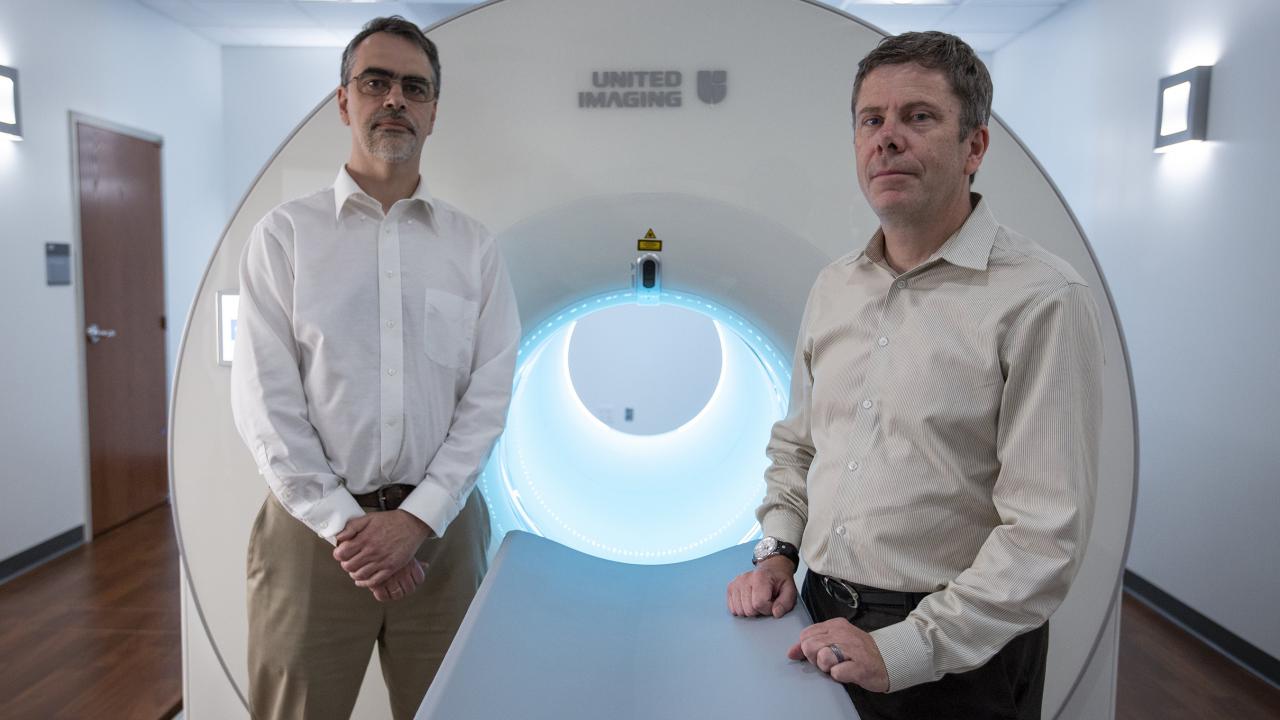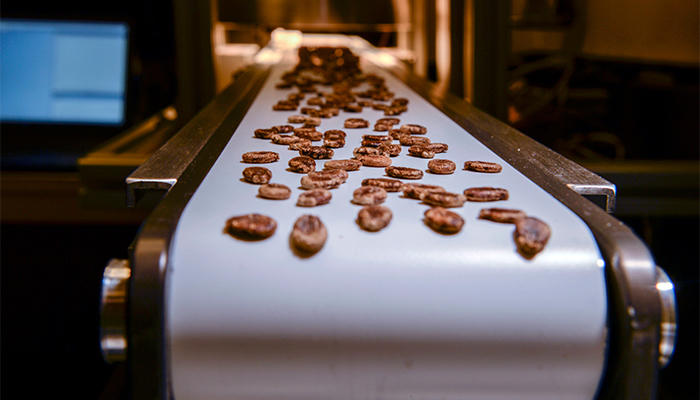UC Davis Names Recipients of 2020 Chancellor’s Innovation Awards
Honoring Advances in Medical Imaging, Infant Health and Pain Relief, Plus Commitment to Building Aggie Square

Original post: ucdavis.edu/news/uc-davis-names-recipients-2020-chancellors-innovation-awards
The University of California, Davis, today (June 15) named the recipients of the 2020 Chancellor’s Innovation Awards. The awards recognize faculty, project teams and community partners for their work, dedication and success in improving the lives of others and addressing the needs of our global society through innovative solutions.
“Research universities like UC Davis play a critical role in advancing innovative solutions for the global community that not only stimulate our economy but create a better quality of life,” Chancellor Gary S. May said. “The recipients of this year’s awards demonstrate the impact of reaching beyond what is expected to deliver game-changing innovations that address some of the world’s most critical issues.”
The awards comprise Innovator of the Year, Innovative Community Partner and Lifetime Achievement in Innovation. The program is managed by the Office of Research.
“Some of the greatest examples of bold innovation emerge when experts from different disciplines work together to solve a problem,” said Prasant Mohapatra, vice chancellor for research. “Many of the recipients for this year’s awards illustrate just how effective those collaborations can be.”



 regular screening, but Boone has developed what could be a better approach, hopefully improving both detection and patient outcomes. Boone and his team have designed and developed an innovative computed tomography (CT) scanner designed specifically for imaging the breast (UC Case 2005-543). The intended advantage of this device is that it provides a true three-dimensional, highly-detailed image of the human breast, offering a less obstructed view of potential lesions than the current two-dimensional mammogram.
regular screening, but Boone has developed what could be a better approach, hopefully improving both detection and patient outcomes. Boone and his team have designed and developed an innovative computed tomography (CT) scanner designed specifically for imaging the breast (UC Case 2005-543). The intended advantage of this device is that it provides a true three-dimensional, highly-detailed image of the human breast, offering a less obstructed view of potential lesions than the current two-dimensional mammogram.